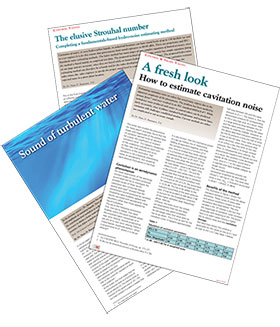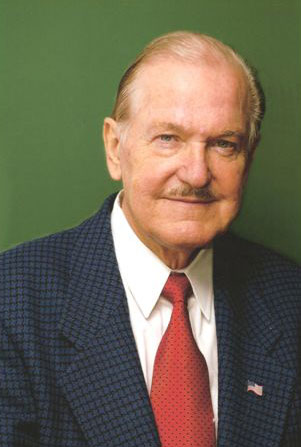As a teenager, Dr Baumann was not given an easy start in life.
In the final days of the Second World War in Germany and with his father imprisoned, Dr Baumann had to work long hours to support his mother and three younger siblings.
It was during these harsh times that he made a solemn promise to himself
– to work hard and accomplish goals in life.
This was to be a promise he never forgot.
Dr. Baumann’s first step was to follow an industrial engineering education, whereafter he started to work for Welland & Tuxhorn in Bielefeld as an engineering manager.
His task? To produce valves for Siemens.
Later, in 1958, Dr. Baumann grasped the opportunity of a job contract in the United States.
Once in the country, he also won a U.S. Government sponsorship to study at Western Reserve University and later at Northeastern University, culminating in a Ph.D. in Mechanical Engineering from Columbia Pacific University.
It was in the U.S. that his career really took off, and Dr. Baumann gained increasing senior positions with companies such as CASHCO, Masoneilan International and Fisher Controls.
Later he achieved further acclaim as an international consultant and also successfully ran his own valve-making business, which he later sold to Fisher.
Cost-effective engineering
Throughout his career Dr. Baumann has taken a straightforward approach to engineering.
“My aim is simple: to eliminate any unnecessary features and focus on cost-effective designs,” states Dr Baumann.
He learnt this skillset early on in life when employed in a foundry and later on working night shifts in a machine shop to help pay for his university training in Cleveland Ohio.
This approach has brought Dr Baumann a long list of engineering highlights.
For example, valves for super-critical steam use, for cooling water control at the Hanford Plutonium reactor, for nuclear submarines, for nuclear power plants, for handling hexa-fluoride and finally low-noise valves for natural gas fields.
His most commercially successful development was, however, probably the CAMFLEX valve.
Developed during his time at Masoneilan, the CAMFLEX topped sales of over hundred-thousand units just three years after being launched and went on to be produced in five different countries.
Use your brains and imagination!
Sixty years after having started his career in control valves, having lectured in the US, Korea and Japan and received numerous awards at home and abroad, Dr. Baumann’s appetite for engineering remains insatiable.
He may ruefully acknowledge he is getting older, but Dr Baumann says that becoming bored is a far greater worry!
“This is why I continue to perform R&D work for a select number of companies,” he indicates.
He is also brimming with research suggestions which he hopes will inspire the next generation of engineers.
Ideas include developing improved sizing methods for mixed fluids and non-Newtonian fluids as well as finding a simpler and more accurate aero-dynamic noise estimating method.
As forthright as ever, he does have some words of advice for the next generation of engineers.
“I would advise students and graduates alike to make more use of their brain and imagination. After all, computers never invented anything!”
Did you know?
Author inside and outside of his
profession.
His books include “Control Valve Primer”,
“The ideal Enterprise” on business
efficiency, “Hitler’s Escape”, which inspired
a HISTORY CHANNEL show, and his latest, “Atomic Irony, how German Uranium
helped to defeat Japan”.

Dr Baumann’s most recent series of articles discussing noise in control valves can be found here:
www.valve-world.net/baumann_noise



